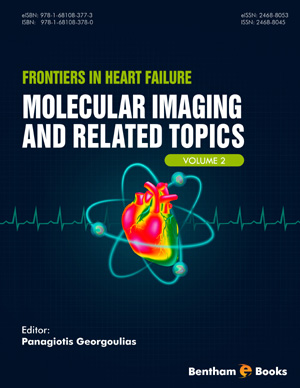Abstract
Left ventricular (LV) systolic dysfunction associated with coronary artery disease (CAD) comprises a major diagnostic and therapeutic dilemma. Hibernating myocardium refers to a chronic dysfunctional condition, as a result of repeated episodes of ischemia, of a still viable myocardium. In viable dysfunctional myocardium, the integrity of myocyte membrane and contractile fibers are preserved. Revascularization may promote LV function in cases of residual myocardial viability in dysfunctional segments of the heart. The identification of viability is pivotal for patients’ management, and viability testing is a valuable tool to guide therapeutic options in these patients. Various non-invasive viability assessment procedure can be used in the clinical practice and novel applications are emerging which are likely to provide higher diagnostic accuracy in the future. Nuclear myocardial perfusion imaging with single photon emission computed tomography (SPECT) has been used for several decades and is a well-established method for viability evaluation, while positron emission tomography (PET) has been considered the “gold standard” for this scope. Other non-radioisotopic cardiac imaging modalities have been also developed, such as cardiac magnetic resonance (CMR) and echocardiography with high image quality and no radiation exposure, and lastly cardiac computed tomography (CCT). In the last years, great advances have been made in image processing software, as well as in hybrid imaging for the simultaneous analysis of functional and anatomical datasets based on different modalities.
Keywords: Cardiac computed tomography, Cardiac magnetic resonance, Echocardiography, Left ventricular dysfunction, Myocardial infarction, Myocardial viability, PET radiotracers, Positron emission tomography, Single photon emission tomography, Technetium-99m, Thallium-201.






















